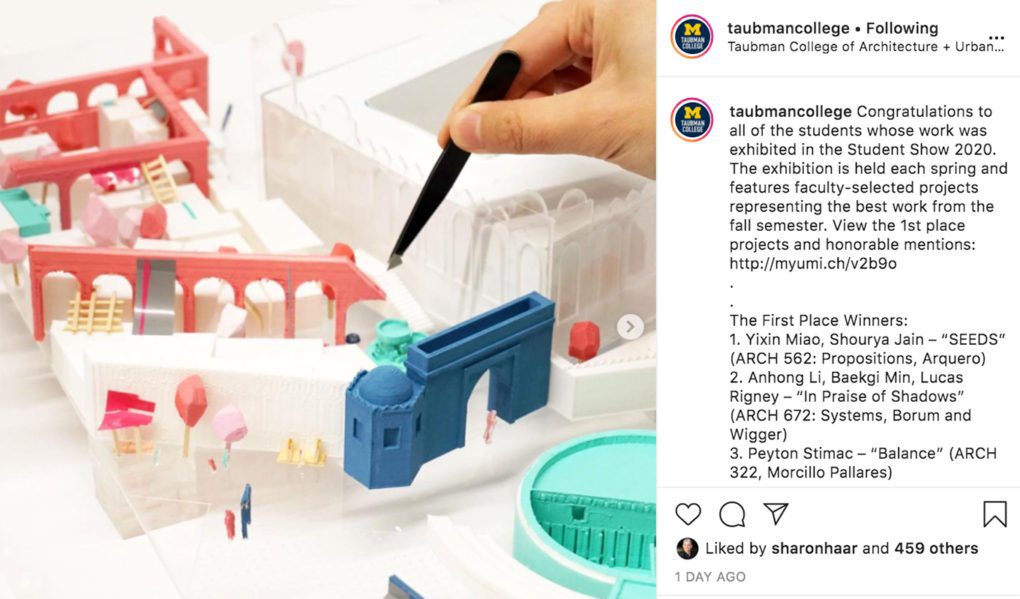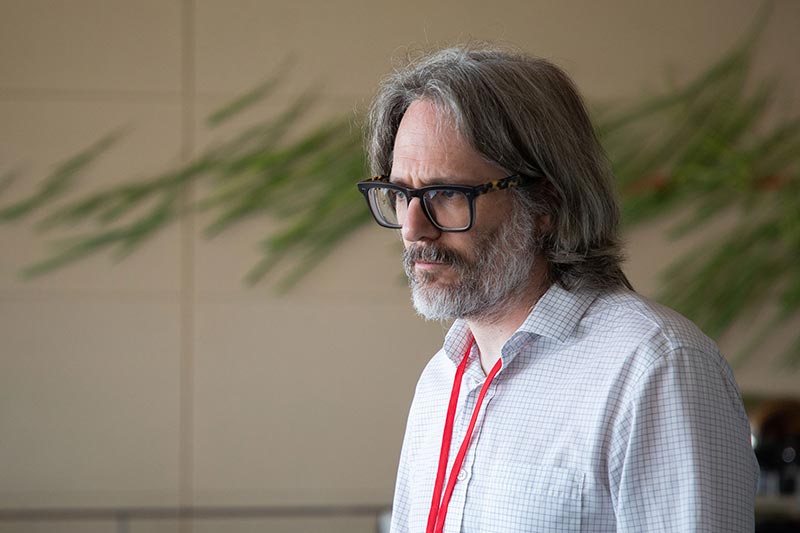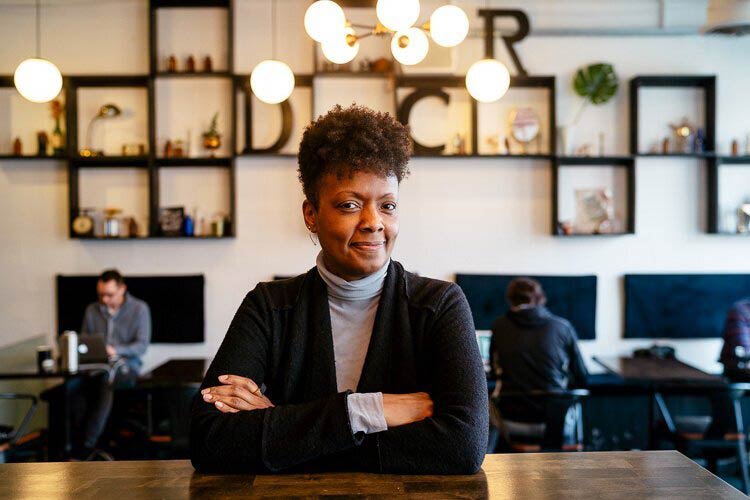
Haar Essay Shares Opportunities and Challenges of “The Pivot” in Places Journal “Field Notes on Pandemic Teaching” Series
Sharon Haar, a professor of architecture, recently published an essay in Places Journal as part of its “Field Notes on Pandemic Teaching” series, in which educators around the globe share their thoughts on the challenges of abruptly moving to online teaching during the COVID-19 pandemic. She joins numerous other Taubman College faculty who have contributed to the “Field Notes on Pandemic Teaching” series.
Haar’s essay is excerpted below.
“The ‘pivot’”
The swiftness of the pivot from physical to virtual space has revealed the extent to which architectural education — with a handful of exceptions — is not well-organized for online education, and perhaps does not even fully recognize “online” as an educational environment with its own organizational space, modes of communication, pedagogical principles, and combination of synchronous and asynchronous pedagogy.
In fact, there are elements of an architectural education that are well-suited to online or hybrid modes of teaching. Some schools are already advancing pedagogy in these areas, particularly in lecture-based classes, expanding resources beyond text-based learning. But this is not what we are doing right now; right now, we are teaching remotely. Specifically, we are teaching the one class that presupposes a physical environment: studio. Yet here too, we have some experience. At Taubman College, we’ve been using remote interfaces for a while to bring in national and international visiting critics on a more sustained basis, to organize lunchtime speaker series, and to interact with other schools on studio projects. Several studios already take place in mixed reality modalities. However, even here we recognize the need to reconfigure the studio environment to optimize these interactions.
But what we are hearing most from our students is that there is one critical component that the multiple autonomous spaces of remote learning cannot replace: the studio itself. At the most basic level, there is, in online teaching, the reduction of design to representational space; meanwhile analog and digital fabrication capacities are lost. More important, however, is the loss of the physical studio space itself, with its serendipitous conversations, passing observations of reviews in progress, ad hoc assemblies of students from different programs working beside one another in the commons.
Confession: I am on sabbatical and have not had to negotiate this radical pivot with my students. What I have experienced is an equally important part of architectural education: our extracurricular programming. The virtual Post Carbon series sponsored by our chapter of the Architecture Lobby — I am there. An opening for this year’s Fellowship Exhibition on “Practice, Product, Protocol” — I sit down for a Zoom via YouTube stream with a cocktail in hand at the appointed hour along with more students, faculty, and visitors than I know I would have seen in person. The exhibition was installed in the gallery just before our governor’s “Stay Home, Stay Safe” order, but not before all on-campus teaching came to a halt. The virtual introduction and presentations were terrific, the walk-through of the exhibition well-choreographed, and the discussion among the fellows and three interlocutors, who also took questions from the chat, brought even greater depth to the material. The event now lives online and has had over 700 viewers to date, which accomplishes something necessary: the promotion of the work beyond the gallery walls. But I missed the social event, the social space of the opening, the intermingling, the casual conversation that becomes a political debate about the merits of the work, the jockeying and the joking. Obviously, the seeing and being seen. The same thing will be said for virtual conferences. It is astounding how quickly our professional organizations are pulling these together in real time. But for every colleague I have ever met by participating on a panel, I have met at least two others in the spaces and events that surround the scholarly content.
On the other hand, this pivot has created new opportunities, or more specifically a new set of collaborations that should not be abandoned when we return to not-quite-normal once again: schools and organizations sharing resources; brainstorming webinars for how to shift to remote teaching, deal with students’ heightened anxieties, or develop techniques for shifting community-based practice; and the opening up of journals and books usually behind paywalls. If the sudden shuttering of our physical campuses has revealed our false sense of increased equity and inclusion in higher education, perhaps it can also illustrate new sharing and collaboration protocols, not in the name of an abstract efficiency, but in the creation of shared missions, ethics, and interests.
— Sharon Haar
Read essays by other Taubman College faculty in the “Field Notes on Pandemic Teaching” series:
Associate Professor Matias del Campo
Associate Professor Andrew Herscher
Associate Professor Mireille Roddier
See the entire “Field Notes on Pandemic Teaching” series here.
Places Journal provides public scholarship on architecture, landscape, and urbanism. Learn more here.









